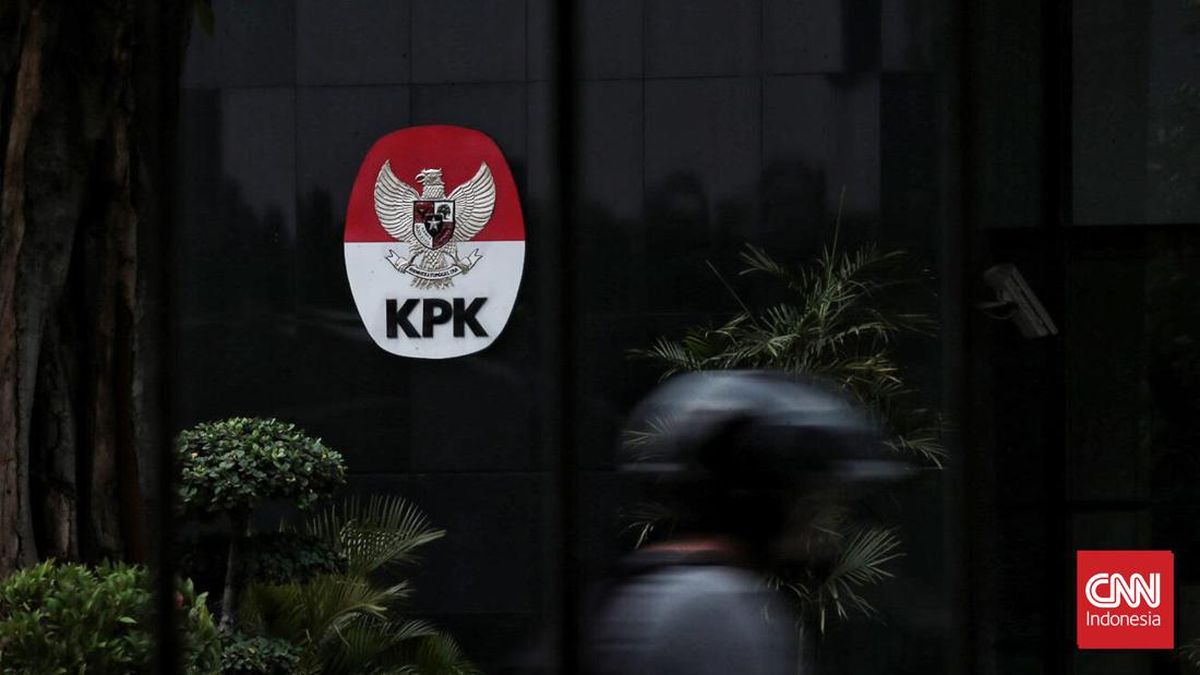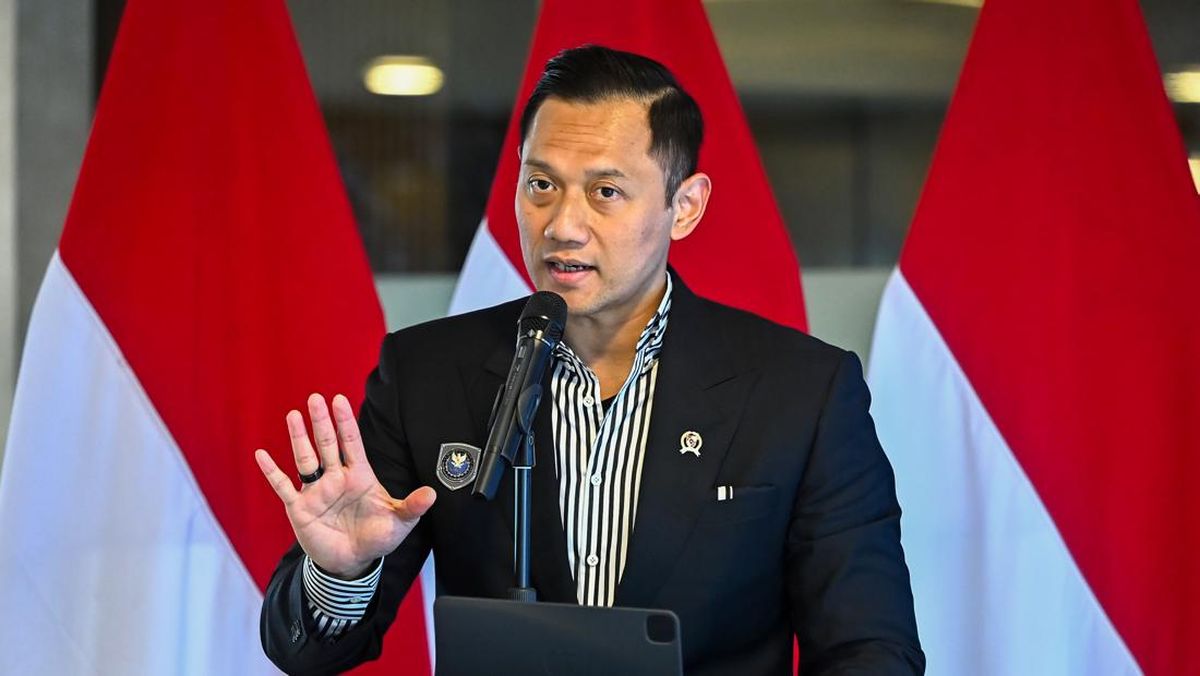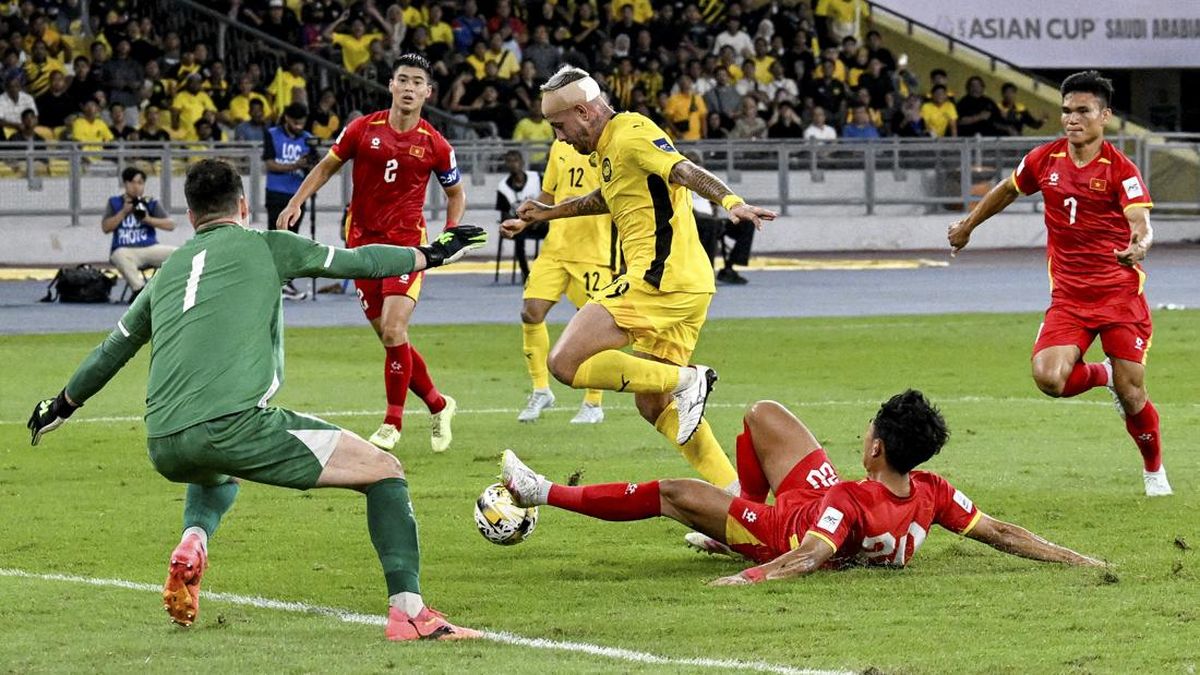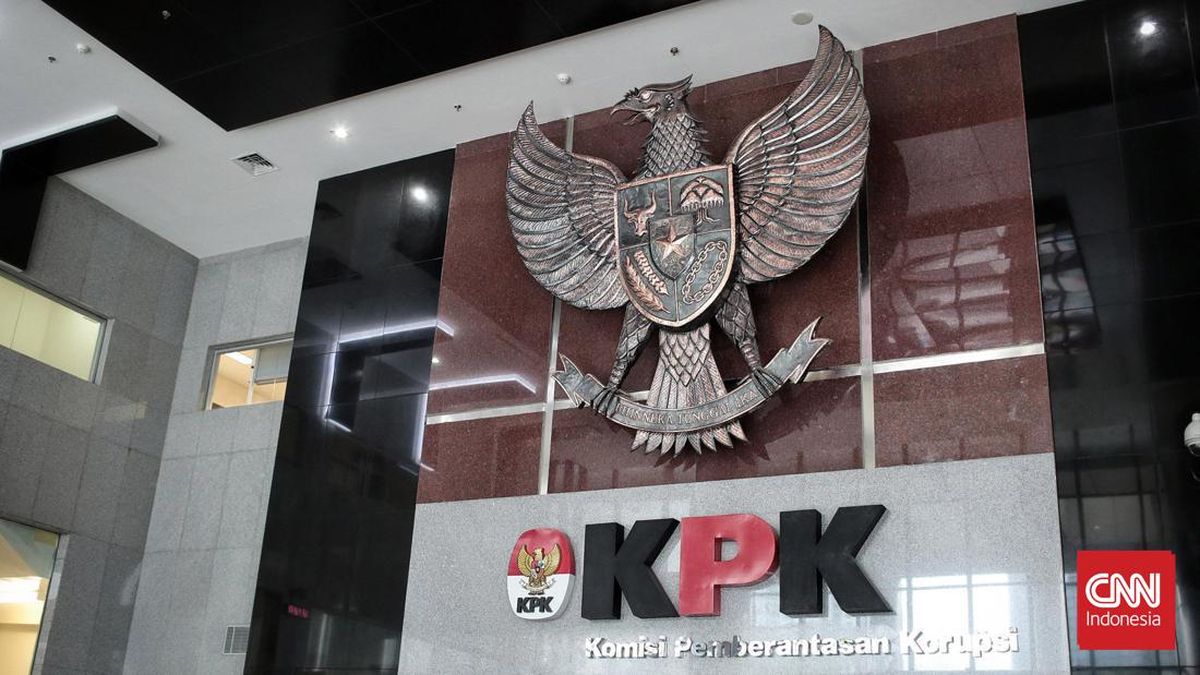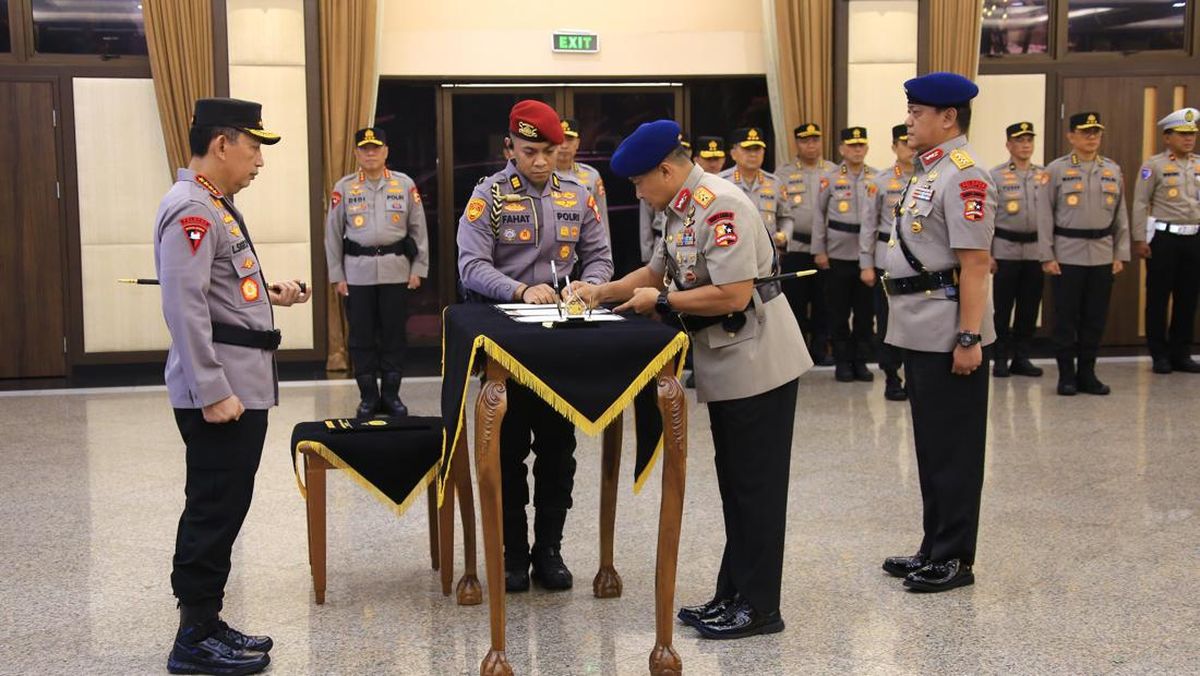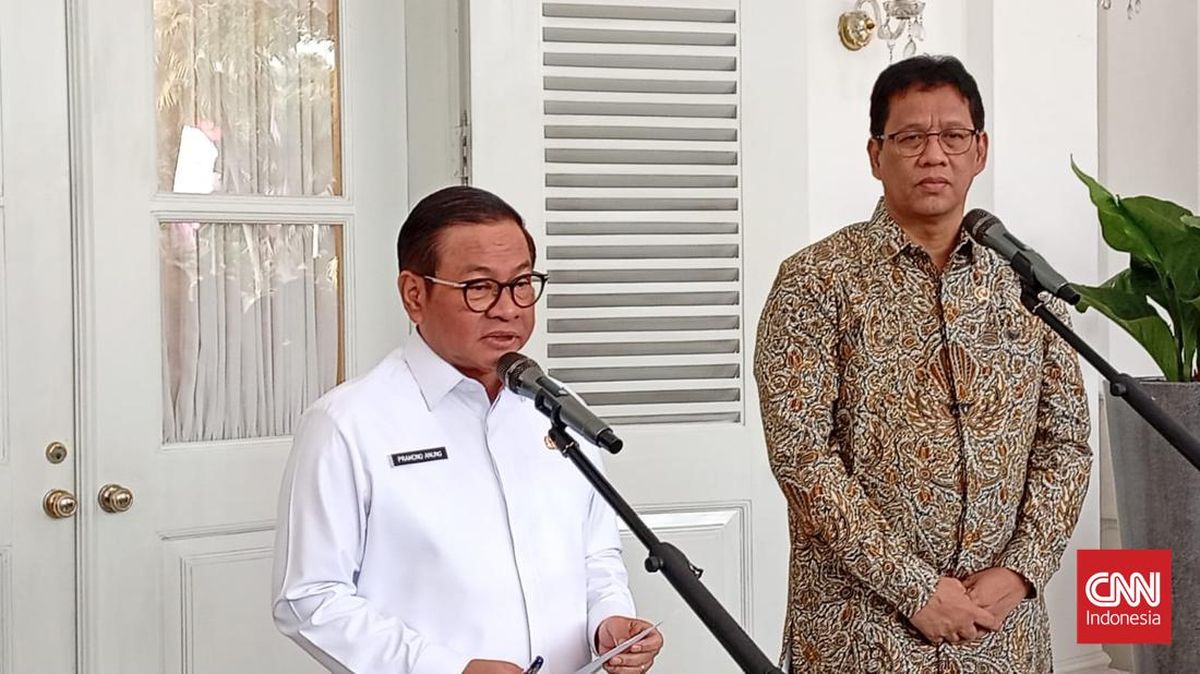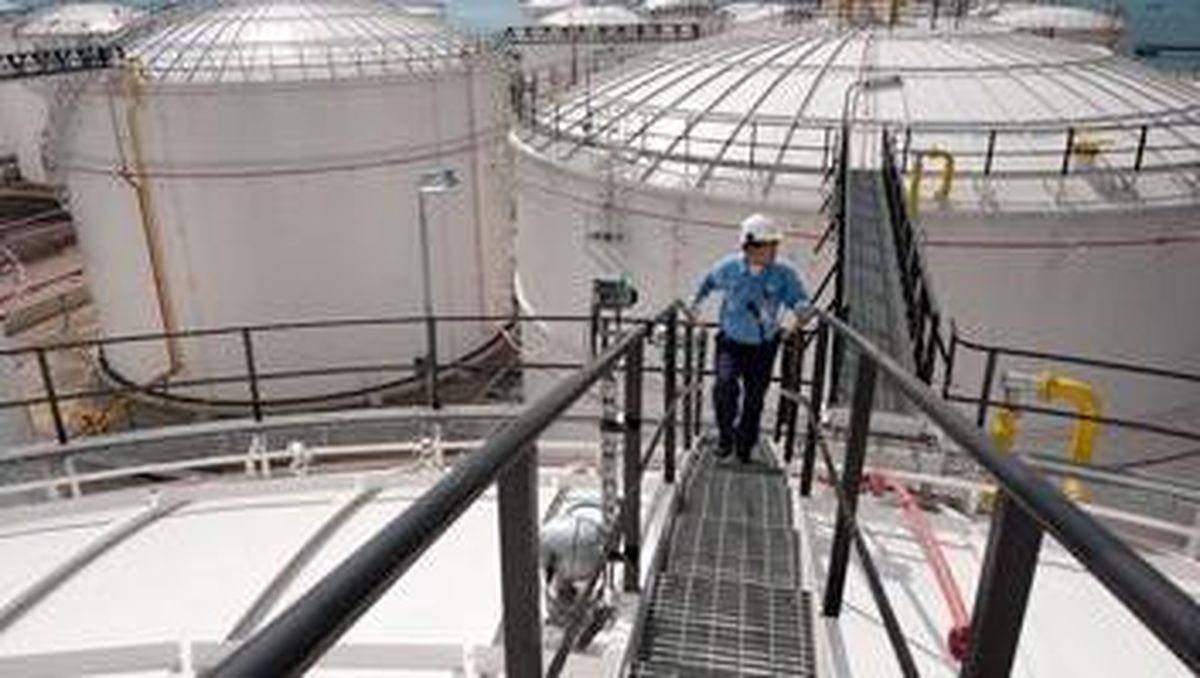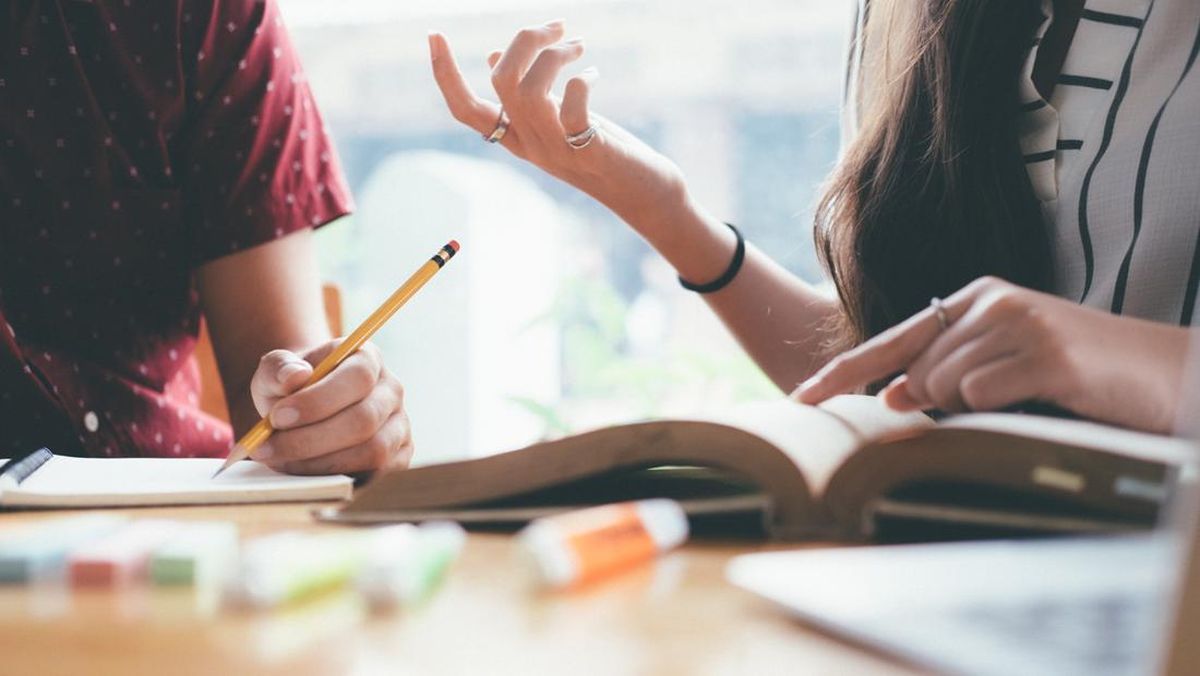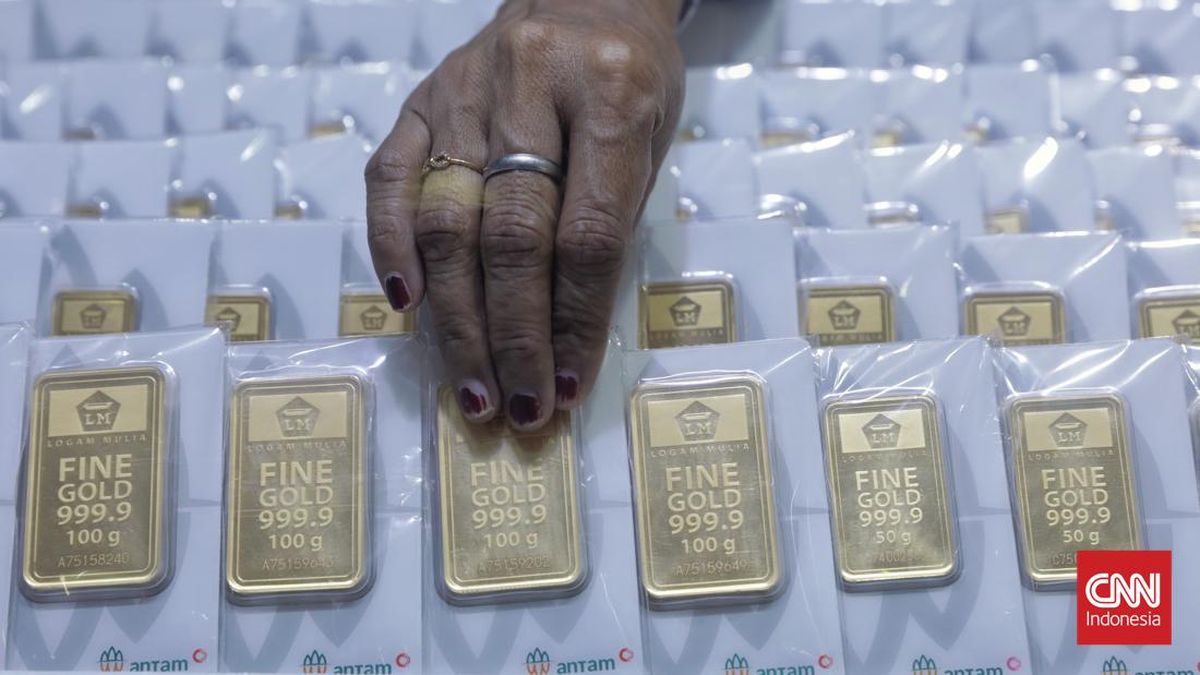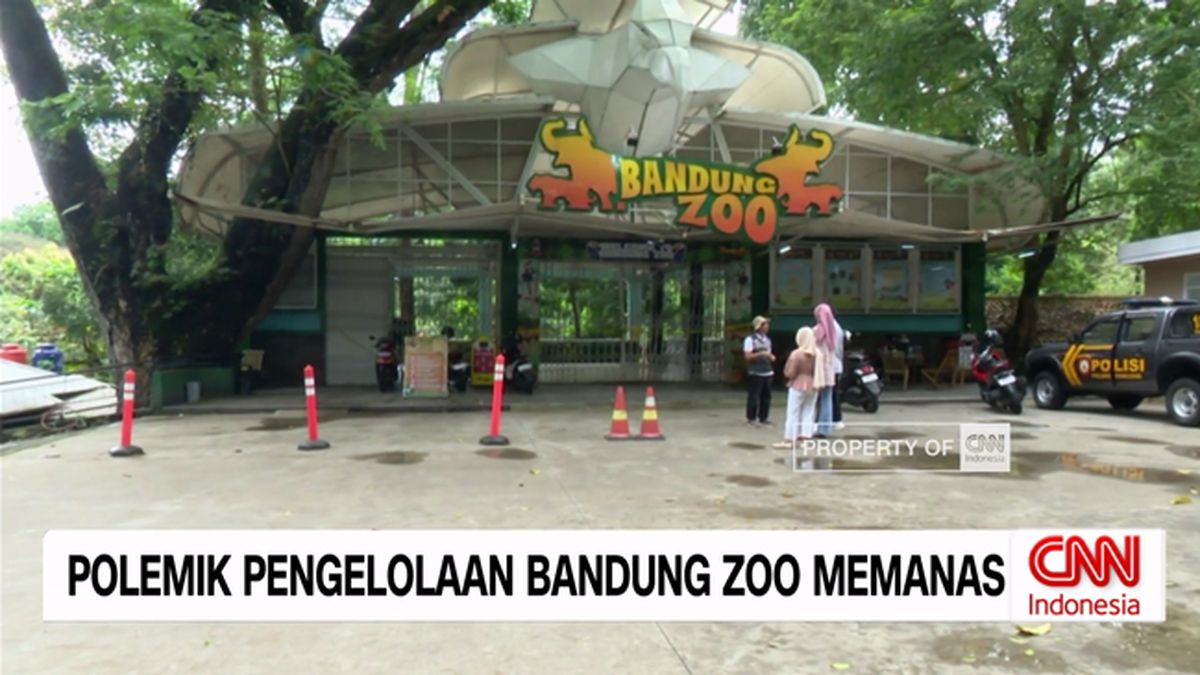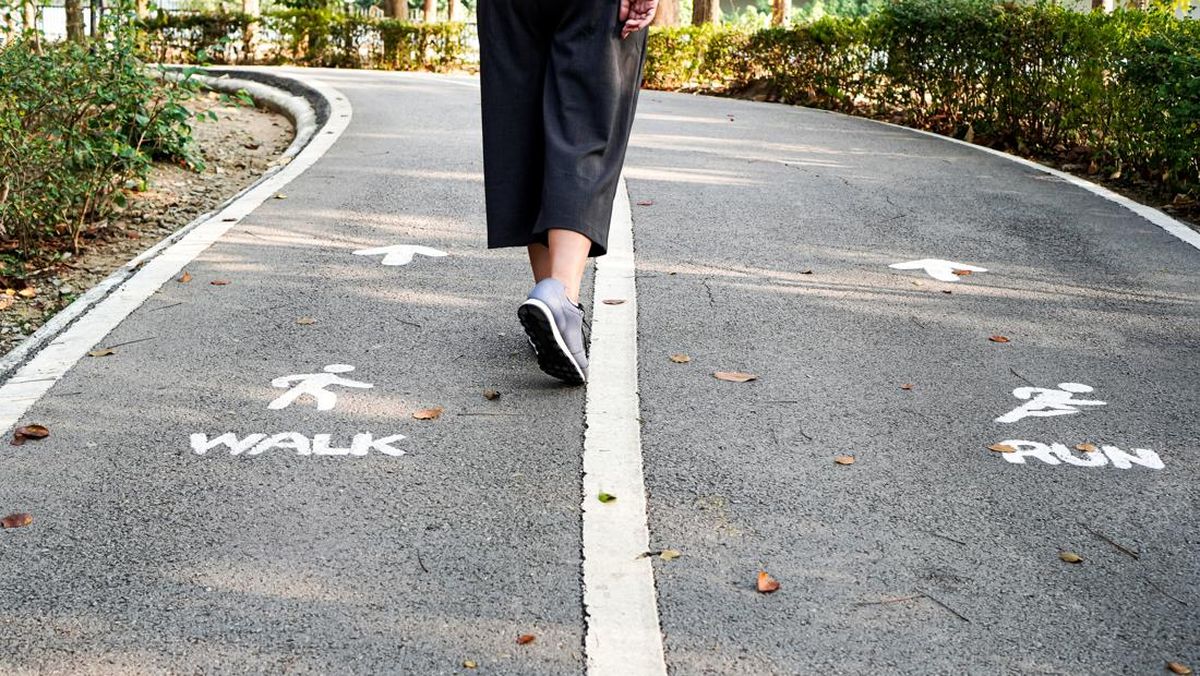We’ve just started our coach trip around Switzerland, but only an hour or so since we departed Zurich, where the tour began, we’ve crossed the (invisible) border and left the country. Well, kind of. Perched by the River Rhine, wedged between the pastoral bliss of eastern Switzerland and the rugged mountains of western Austria, we’ve entered the double-landlocked micronation of Liechtenstein.

Europe’s fourth-smallest country after Monaco, the Vatican City and San Marino, Liechtenstein is so compact, at 160-square-kilometres, that it would fit comfortably into Vienna twice over. And at first glance, its capital, Vaduz, with its gothic castle clinging to a forested cliff, looks like some of the storybook Swiss towns and villages we passed this morning. There is, though, more here than meets the eye, and while we’re only stopping for an extended lunch break en route to the glamorous Swiss resort of St Moritz, Liechtenstein could easily detain you if your schedule allows.
We hop off by the tourist information office, where there’s a small queue of tourists holding their passports. “They want a stamp to show they’ve been here,” says our tour director Davor. While it isn’t official and serves no practical purpose – Liechtenstein is part of the border-less Schengen Area and in a customs union with Switzerland – the stamp makes for a kooky souvenir. The fee is CHF3 ($5.70), the Swiss franc being the currency of this wealthy German-speaking principality, which was founded by the House of Liechtenstein, a dynasty that forged an alliance with Switzerland after World War I, having previously been in league with the Holy Roman and Austro-Hungarian empires.
Liechtenstein’s population is about 40,000, with power shared by an elected parliament and the reigning monarch, Prince Hans-Adam II. He resides at Vaduz Castle, which has you craning your neck as you amble around the tidy town centre. Apart from August 15, Liechtenstein’s National Day, when the prince welcomes visitors, the castle is closed to the public.

A miniature replica of it is one of the artworks decorating the pedestrianised high street and its side lanes and squares. Other standouts include a typically voluminous piece, the Reclining Woman, by the late Colombian, Fernando Botero, and a silver astronaut sculpture by Swiss artist Max Gruter which nods to Liechtenstein’s surprising connection to outer space.
Among the galleries on the Vaduz Museum Mile is the Liechtenstein Treasury, where exhibits from the princely collection, including Fabergé eggs and jewel-encrusted relics, are displayed alongside rocks from the 1969 moon landing. They were a gift from US President Richard Nixon after Liechtenstein-based company, Balzers AG, supplied anti-cosmic radiation parts for the Apollo 11 space programme.

Next door, the Postal Museum flaunts Liechtenstein’s national stamps. Artfully crafted and exploring myriad themes, they’re prized by collectors and have won international awards. You can send postcards, with Liechtenstein stamps, from gift stores in Vaduz. Besides stamp production, other industries excel here – Liechtenstein is the world’s largest manufacturer of false teeth – with low corporate taxes luring start-ups and multinationals alike.
Forgoing a sit-down lunch – Swiss, Italian and Asian eateries pepper Vaduz – I grab a tasty takeaway bratwurst from the Balu bakery and browse the nearby hiking signs. Painted yellow like Switzerland’s, they point in tantalising directions. Within 20 minutes, you could enjoy a close-up of Vaduz Castle – from the outside. With more time, you might fancy the 75-kilometre Liechtenstein Trail, which threads through the country’s 11 municipalities, or a trickier climb up Vorder Grauspitz (Liechtenstein’s highest summit, at 2599 metres).
I’m content to walk by the verdant meadows and vineyards on Vaduz’s fringes, past the Rheinpark Stadium, which hosts soccer matches for the Liechtenstein national team – with a current FIFA world ranking of 202 – and Vaduz FC, which plays in the Swiss second division. Pacing south along the riverside footpath, another quirky sight awaits.
That’s the Alte Rheinbrücke, billed as the only surviving covered wooden bridge still spanning this river. Constructed in 1901, it stretches 135 metres and carries pedestrians and cyclists between two countries. After treading its boards for a minute, the Rhine surging below, I’m back in rural Switzerland, admiring a view of Liechtenstein – river, castle, mountains, greenery – that’s perfect for a postcard.

THE DETAILS
TOUR
A stop in Vaduz is included on Globus’ nine-day Best of Switzerland tour, which runs between May and October 2026 (tours are sold out for 2025), costs from $5549 a person, twin share. See globus.com.au
FLY
Swiss International Air Lines and Qantas fly from Sydney and Melbourne to Zurich via Singapore. See qantas.com
MORE
tourismus.li
myswitzerland.com
The writer travelled as a guest of Globus
Sign up for the Traveller Deals newsletter
Get exclusive travel deals delivered straight to your inbox. Sign up now.
Steve McKenna is based in the UK, but is usually drawn to sunnier climes. He has a special affection for Mediterranean Europe, south-east Asia and Latin America.



